Category: Design
The Importance of Interaction Design in Enhancing UX ✨
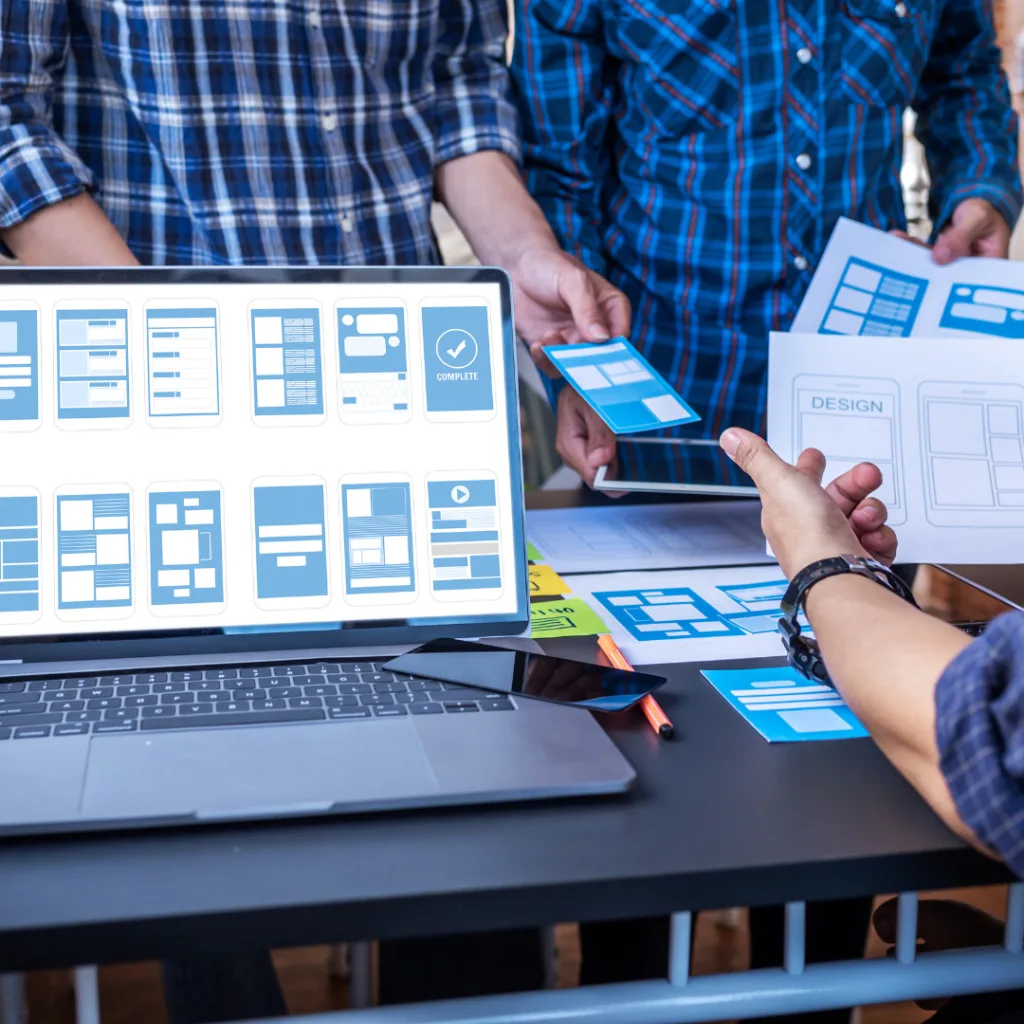
Interaction design (IxD) plays a pivotal role in shaping the overall user experience (UX) of digital products and services. It focuses on how users engage with a product, ensuring that their interactions are not only efficient but also enjoyable and intuitive. Interaction design is the bridge between a user and the system, determining how they communicate, navigate, and receive feedback throughout the journey. Let’s dive deeper into why interaction design is essential in UX design.
1. Creating Engaging and Intuitive Interfaces 🎨🖥️
A well-executed interaction design creates interfaces that are easy to use and aesthetically pleasing. Users expect digital products to be both functional and delightful, which is where interaction design steps in. By understanding user behaviors and mental models, designers can create layouts, buttons, icons, and navigation systems that feel natural and intuitive. This helps reduce the learning curve for users and makes the product more accessible to a broader audience.
An intuitive interface allows users to focus on their tasks without getting distracted by how to use the product. For example, consistent button styles and clear call-to-action (CTA) prompts lead to smoother navigation, contributing to an overall seamless experience.
2. Enhancing Usability Through Feedback and Responsiveness 🔄💡
Feedback is a critical element of interaction design. It provides users with confirmation that their actions have been recognized and processed, reducing uncertainty and frustration. Whether it’s a simple button animation, a loading spinner, or a success message, responsive feedback reassures users that their interactions are effective.
For instance, when a user fills out a form and submits it, a visual cue (like a checkmark or success message) can enhance their confidence in the product. Similarly, error messages should be clear and helpful, guiding users toward solutions without confusion.
3. Boosting User Satisfaction and Engagement 😊📱
The ultimate goal of interaction design is to create products that are enjoyable to use. When interactions are smooth and effortless, users are more likely to return to the product and recommend it to others. This positive engagement often leads to higher retention rates and better reviews.
A product that responds to user actions in a human-like, meaningful way—through gestures, animations, or contextual interactions—enhances user satisfaction. These thoughtful interactions make the product feel more alive and dynamic, building emotional connections between users and the product.
4. Facilitating User Efficiency and Effectiveness ⏳⚙️
Good interaction design helps users achieve their goals faster and with fewer errors. By removing unnecessary friction, interaction designers can streamline workflows, enabling users to complete tasks more efficiently. This, in turn, improves the overall effectiveness of the product, making users feel accomplished and more productive.
For example, using shortcuts, gesture-based controls, or auto-suggestions can enhance efficiency, especially in apps where speed is crucial, like financial services or navigation tools.
Unlocking the Power of Web Redevelopment: Boost Your Business to New Heights
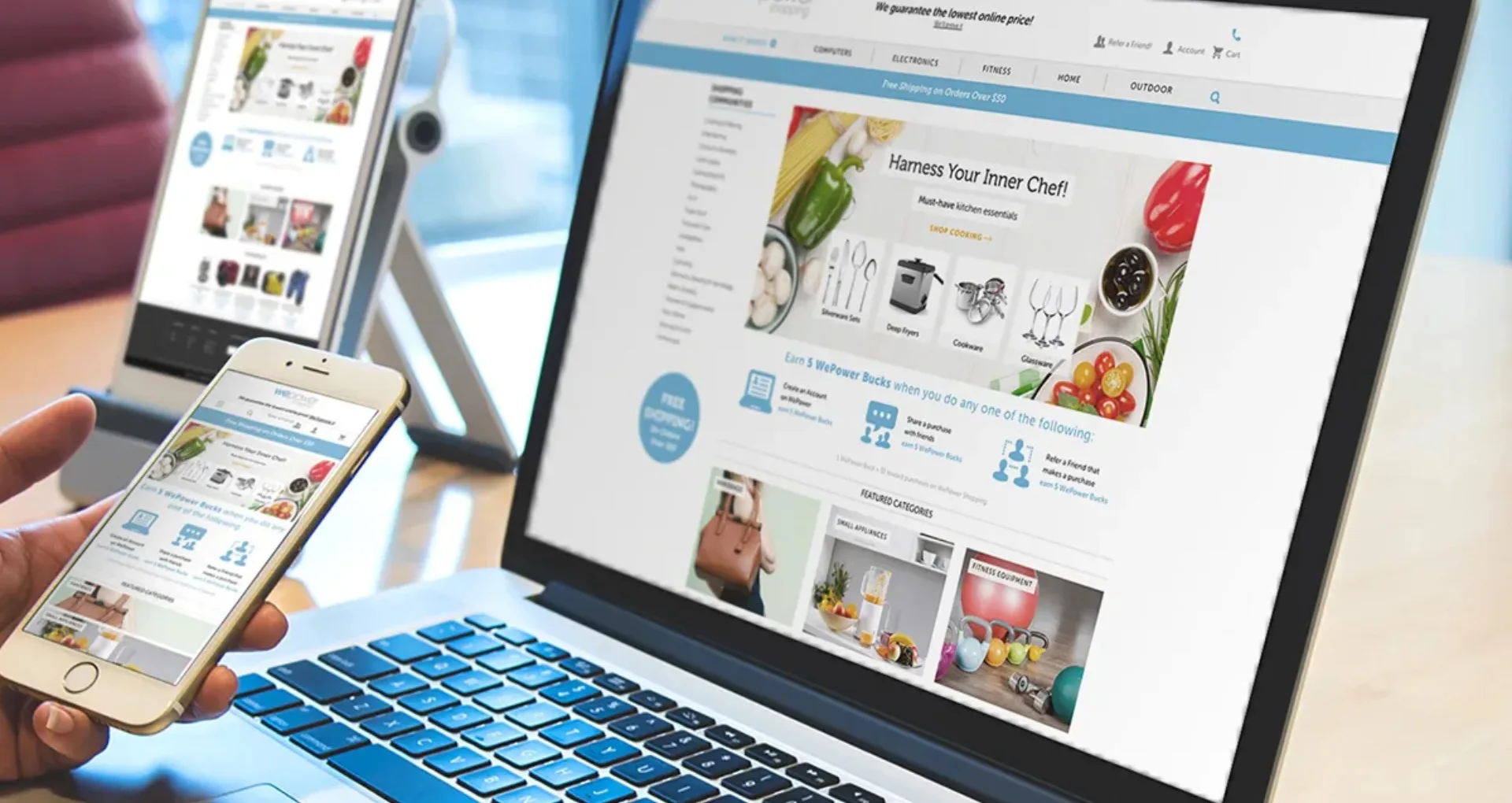
In today’s digital age, a website is more than just an online presence; it’s the face of your business, a powerful tool that can drive growth, engage customers, and generate revenue. However, with rapidly changing technology and user expectations, it’s essential to keep your website up-to-date. This is where web redevelopment comes into play, offering businesses a chance to revitalize their online presence and stay ahead of the competition.
Why Web Redevelopment?
Web redevelopment is not just about giving your website a fresh look; it’s about optimizing every aspect of your site to ensure it meets the needs of both users and search engines. Here are the key reasons why you should consider redeveloping your website:
- Enhanced User Experience (UX) 🖥️
- User experience is paramount in today’s digital landscape. A well-designed, responsive, and easy-to-navigate website keeps visitors engaged and reduces bounce rates. Web redevelopment focuses on improving the UX by making the site more intuitive, faster, and mobile-friendly.
- Boosted SEO Performance 🔍
- Search engines like Google prioritize websites that are well-optimized and provide value to users. Web redevelopment allows you to optimize your website for SEO, ensuring it ranks higher in search results. This includes everything from improving site speed and mobile responsiveness to updating content with the most relevant keywords.
- Modernized Design and Functionality 🎨
- First impressions matter. A modern design that aligns with current trends can make your website more appealing to visitors. Additionally, adding new functionalities such as e-commerce capabilities, chatbots, or integration with social media platforms can significantly enhance user engagement and satisfaction.
- Improved Security 🔒
- With cyber threats on the rise, ensuring your website’s security is critical. Web redevelopment allows you to implement the latest security protocols and protect your site from potential breaches, safeguarding both your data and your customers’ information.
How to Redevelop Your Website Effectively
Redeveloping a website requires careful planning and execution. Here’s how to do it effectively:
- Conduct a Website Audit 📝
- Start by auditing your current website to identify areas that need improvement. Look at site speed, mobile compatibility, content quality, and overall user experience.
- Set Clear Goals 🎯
- Define what you want to achieve with your web redevelopment. Whether it’s improving SEO, enhancing user experience, or adding new features, having clear goals will guide the redevelopment process.
- Use the Right Tools and Technologies ⚙️
- Leverage the latest tools and technologies to ensure your website is built on a robust platform. Consider using content management systems (CMS) like WordPress or Joomla, which offer flexibility and ease of use.
- Test and Launch 🚀
- Before going live, thoroughly test your website to ensure everything works as intended. Once you’re satisfied, launch the site and monitor its performance to make necessary adjustments.
Experience the Power of Personalized and Responsive Dynamic Websites
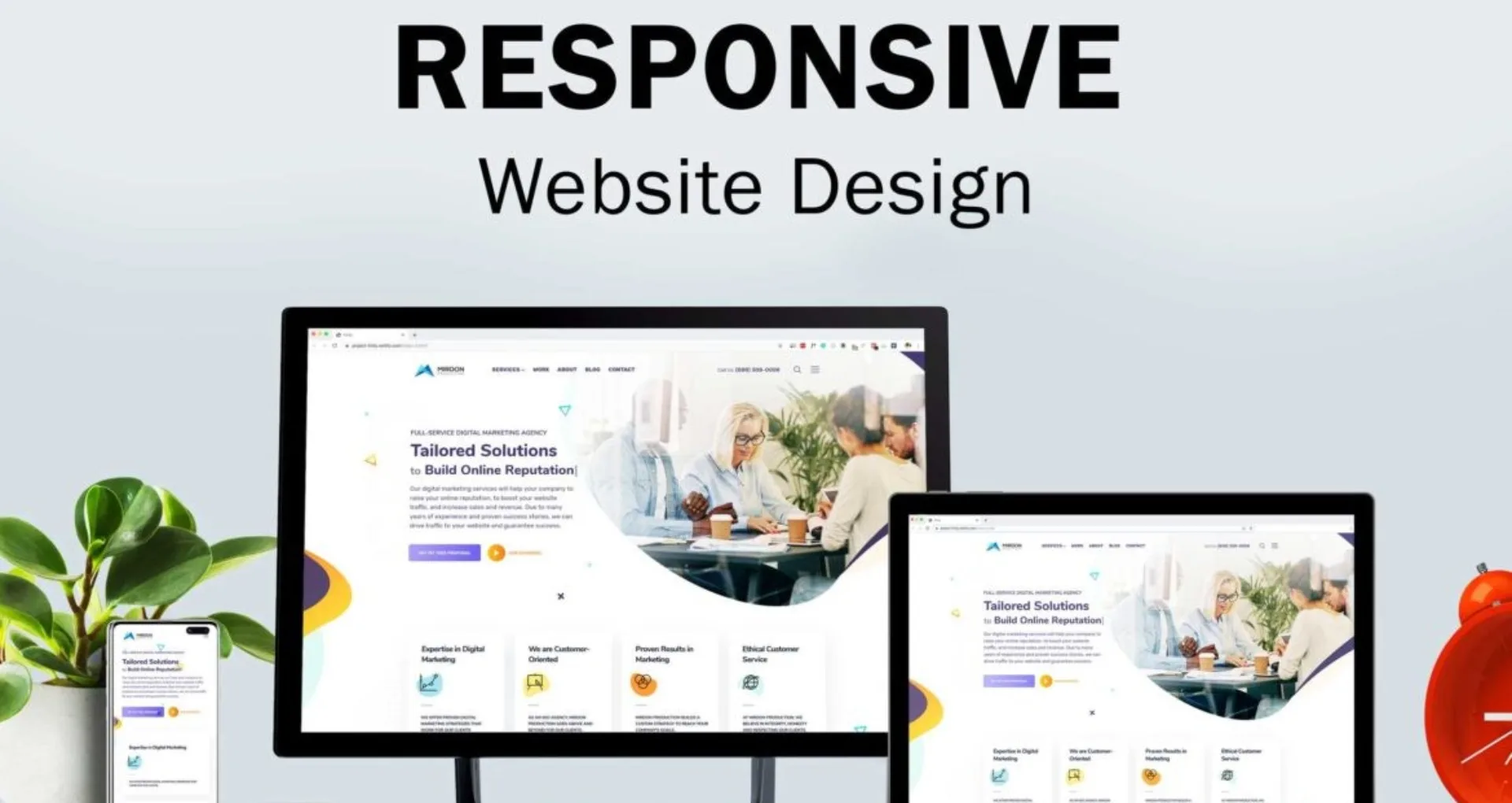
In the fast-evolving digital landscape, having a static website is no longer enough to captivate and retain visitors. Enter the era of personalized and responsive dynamic websites, where innovation meets user engagement. Let’s delve into why these dynamic websites are crucial for today’s online experience.
Tailored User Experience 🧩
Personalization is key to keeping visitors engaged. Dynamic websites use sophisticated algorithms to tailor content based on user behavior and preferences. This means that every visitor sees content that resonates with them personally, from recommended products to customized greetings. By leveraging data such as browsing history, location, and past interactions, these websites create a unique experience for each user, making them feel valued and understood. This personalized approach not only enhances user satisfaction but also boosts conversion rates and loyalty.
Responsive Design 📱💻
Gone are the days when a website could be designed solely for desktop viewing. In today’s multi-device world, a responsive design is essential. Dynamic websites automatically adjust their layout and content to fit any screen size, whether it’s a smartphone, tablet, or desktop computer. This ensures that users have a seamless and enjoyable browsing experience regardless of the device they use. A responsive design improves accessibility and usability, leading to higher engagement and lower bounce rates.
Enhanced Engagement 🔄
Personalization combined with responsiveness significantly increases user engagement. When users find content that speaks to them and can easily navigate the website on any device, they’re more likely to interact with it. Features such as dynamic forms, interactive elements, and real-time updates keep users involved and invested in the site. Enhanced engagement translates to longer visit durations, more interactions, and a greater likelihood of return visits.
Improved Performance 🚀
Performance is another critical advantage of dynamic websites. These sites are optimized for fast load times and smooth functionality. With content that updates in real-time and a responsive design that adjusts to varying device screens, users experience quicker navigation and reduced waiting times. Fast, efficient performance is crucial for retaining visitors and improving search engine rankings.
Scalability 📈
As your business grows, your website needs to keep up. Dynamic websites are built to scale effortlessly. They allow for easy updates and feature expansions without compromising performance. Whether you’re adding new content, integrating additional functionalities, or enhancing user interactions, a dynamic website can adapt to your evolving needs.
In conclusion, embracing the power of personalized and responsive dynamic websites ensures a compelling user experience that aligns with modern digital expectations. By providing tailored content, ensuring accessibility across devices, and delivering superior performance, businesses can significantly enhance user satisfaction and drive success in the digital age.
Enhance Your Business with Static Website Designing Services 🚀💻
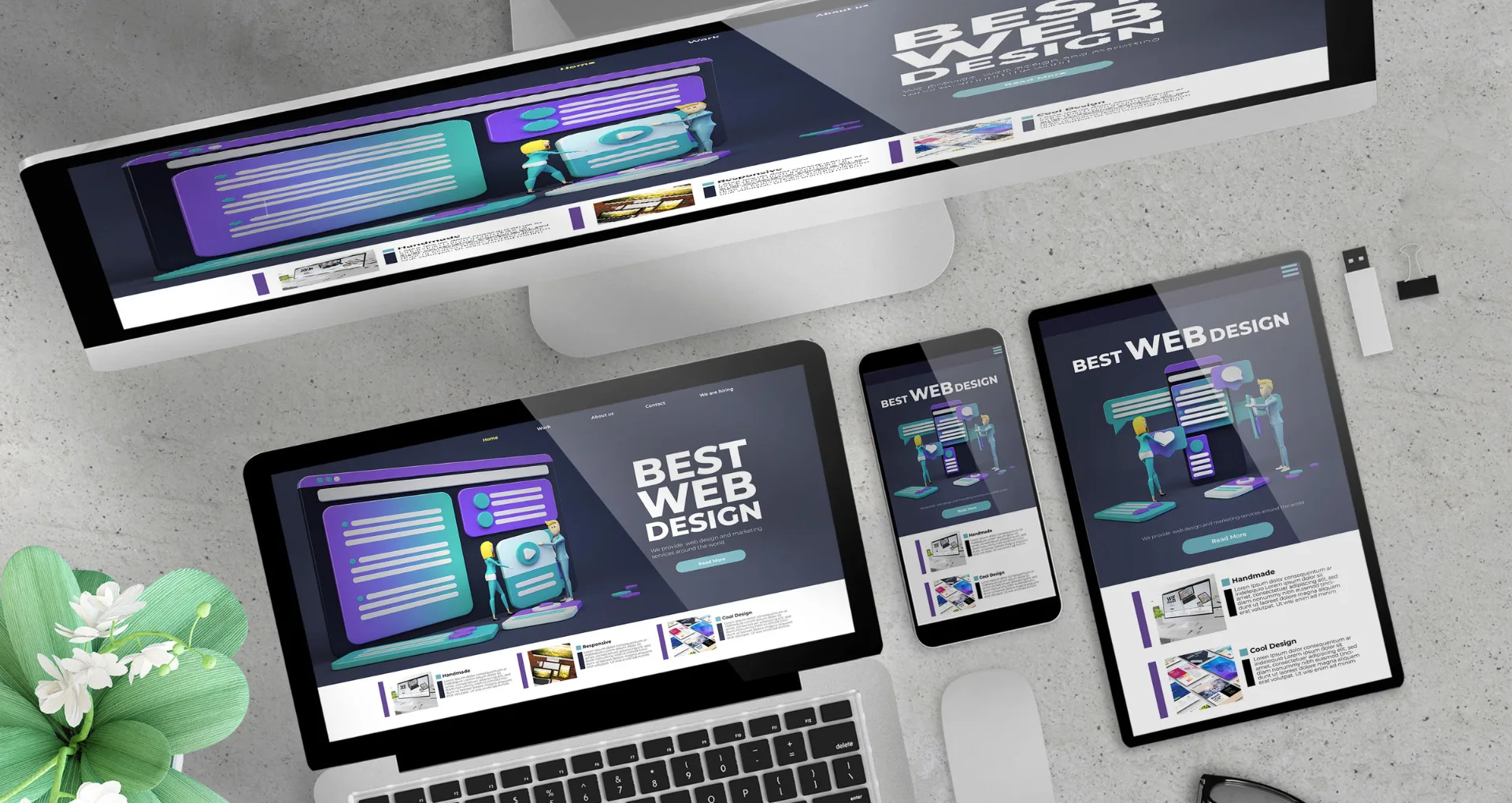
In today’s digital age, having a professional online presence is crucial for any business. If you’re looking to boost your business and make a lasting impression, consider investing in static website designing services. Here’s why a static website can be a game-changer for your brand and how it can benefit your business:
What is Static Website Designing? 🌐
Static website designing involves creating websites with fixed content. Unlike dynamic websites, which are powered by databases and require server-side processing, static websites deliver the same content to every visitor. These websites are ideal for businesses looking for straightforward, fast-loading, and cost-effective web solutions.
Benefits of Static Websites 🎯
- Speed and Performance ⚡ Static websites load faster than dynamic ones because they don’t rely on server-side processing. This results in a smoother user experience and lower bounce rates. Fast loading times are crucial for retaining visitors and improving search engine rankings.
- Cost-Effective 💵 Developing and maintaining a static website is generally more affordable compared to dynamic websites. With fewer complexities and no need for server-side scripts or databases, static websites reduce development and hosting costs.
- Enhanced Security 🔒 Static websites are less vulnerable to security threats because they don’t have server-side scripting or databases. This makes them a safer option for businesses concerned about online security and data breaches.
- Simplicity and Stability 📈 Static websites offer a straightforward and stable platform for showcasing your business. With fixed content, you don’t have to worry about frequent updates or technical issues. This reliability ensures that your website remains functional and consistent over time.
- SEO Benefits 🔍 Search engines favor fast-loading websites with clean code. Static websites often rank better in search engine results pages (SERPs) due to their speed and simplicity. This can drive more organic traffic to your site.
How Static Website Designing Can Enhance Your Business 🚀
- Brand Image: A well-designed static website presents a professional image and reinforces your brand identity. It allows you to showcase your products, services, and company values effectively.
- Customer Trust: A clean, easy-to-navigate website builds trust with your customers. It demonstrates that you value their user experience and are committed to providing valuable information.
- Increased Visibility: By optimizing your static website with relevant keywords and high-quality content, you can improve your online visibility and attract more potential customers.
Get Started Today! 🌟
Investing in static website designing services can significantly enhance your business’s online presence. With fast loading times, cost-effective solutions, and improved security, static websites are a smart choice for businesses of all sizes. Ready to transform your online presence? Contact us today to learn more about our static website designing services and how we can help you achieve your business goals!
🎨 Mastering UI/UX Design: Creating User-Friendly and Engaging Interfaces 🚀
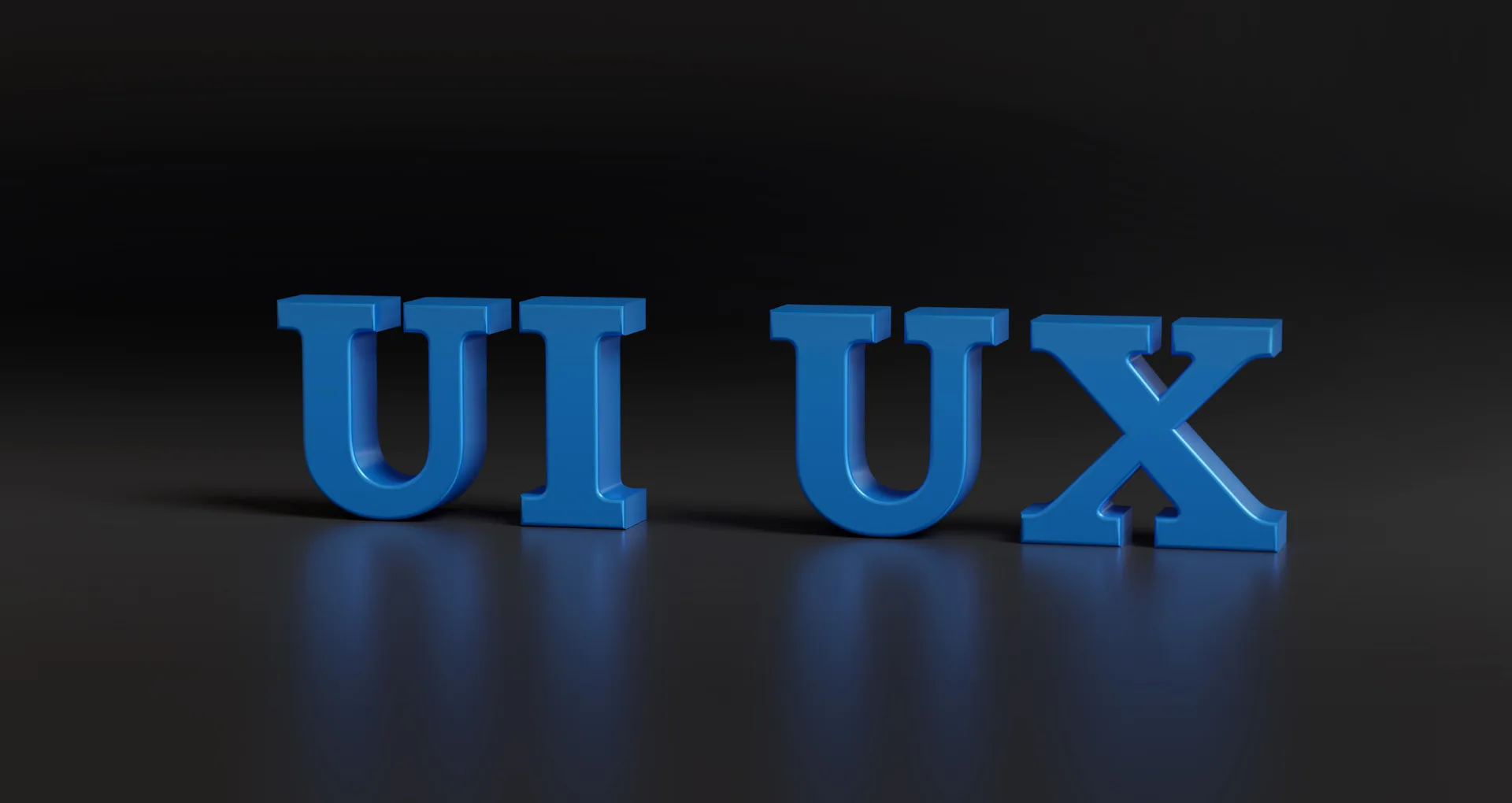
In today’s digital world, UI/UX design is crucial for developing applications and websites that not only look great but also offer an outstanding user experience. Whether you’re a designer, developer, or business owner, understanding the fundamentals of UI (User Interface) and UX (User Experience) can significantly impact your project’s success. Let’s dive into the essentials of UI/UX design and discover how to enhance your digital products. 🌐✨
What is UI/UX Design?
UI/UX design is the process of creating interfaces that are both aesthetically pleasing and functional. UI focuses on the visual aspects of a product—such as layout, color schemes, and typography—while UX involves the overall user experience, including usability, interaction, and accessibility. A seamless UI/UX design ensures that users have a positive interaction with your product, leading to higher engagement and satisfaction. 📱💻
Why UI/UX Design Matters
- Enhanced User Satisfaction 😃 Great UI/UX design leads to improved user satisfaction by making applications easy to navigate and interact with. This can result in increased user retention and positive feedback.
- Increased Conversion Rates 📈 A well-designed interface can boost conversion rates by guiding users through a clear and intuitive path to completing their desired actions, such as making a purchase or signing up for a service.
- Competitive Advantage 🏆 Investing in UI/UX design can give you a competitive edge in the market. A unique and user-friendly design can set your product apart from the competition and attract more users.
Best Practices for Effective UI/UX Design
- User Research and Testing 🔍 Conduct thorough user research and testing to understand your audience’s needs and preferences. Use this information to create designs that resonate with your target users.
- Consistent and Intuitive Layout 🧩 Ensure that your design is consistent and intuitive. Use familiar patterns and layouts to make it easy for users to navigate and interact with your product.
- Responsive Design 📲 With the increasing use of mobile devices, it’s essential to create responsive designs that work well on various screen sizes and devices.
- Accessibility and Inclusivity ♿ Design with accessibility in mind to ensure that all users, including those with disabilities, can easily use your product.
- Feedback and Iteration 🔄 Continuously gather user feedback and iterate on your design based on insights and data. This approach helps in refining the user experience and making necessary improvements.
The Future of UI/UX Design
As technology evolves, so does the field of UI/UX design. Emerging trends such as AI-driven interfaces, voice user interfaces (VUIs), and augmented reality (AR) are shaping the future of design. Staying updated with these trends can help you create innovative and forward-thinking designs. 🤖🗣️
